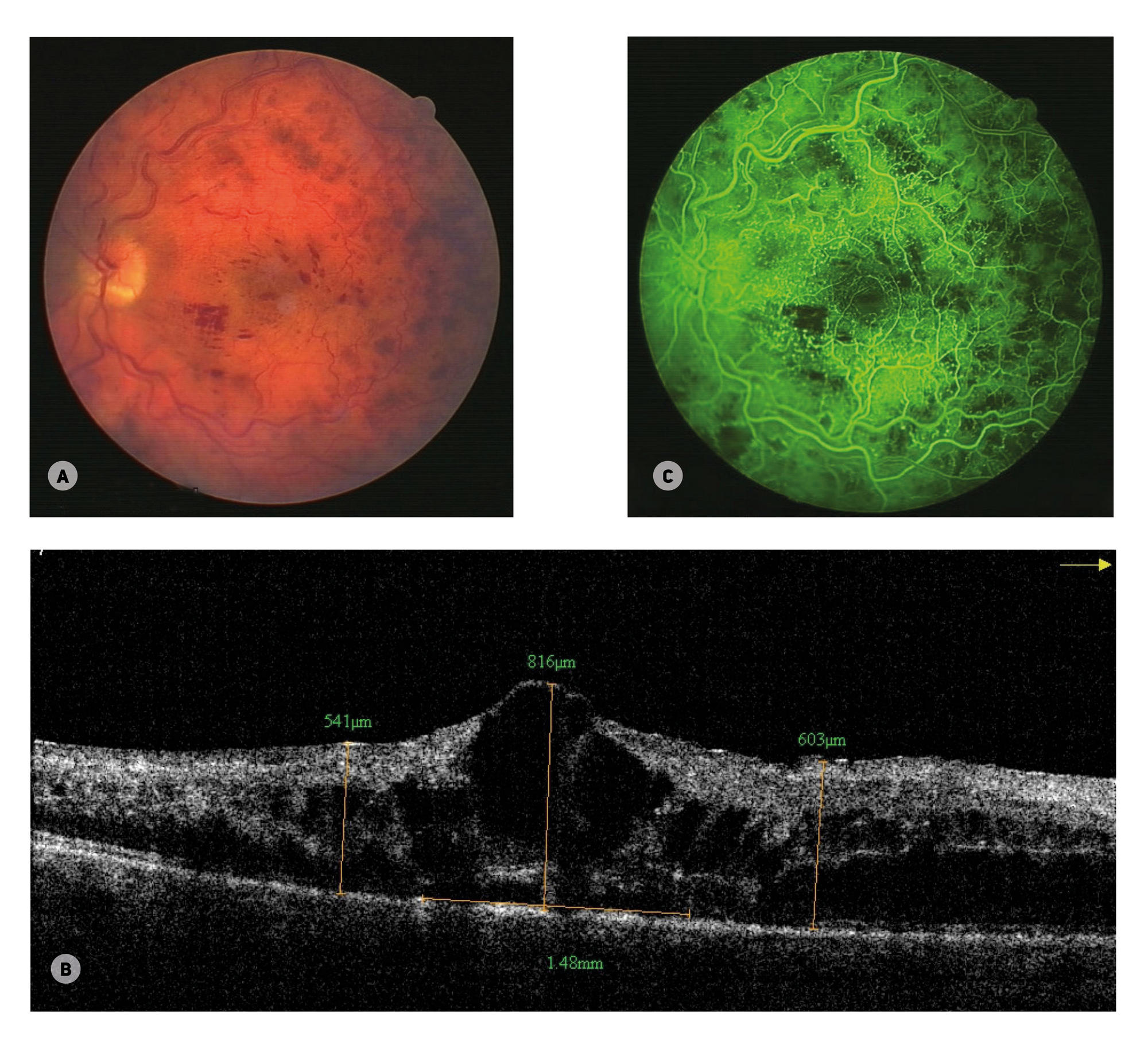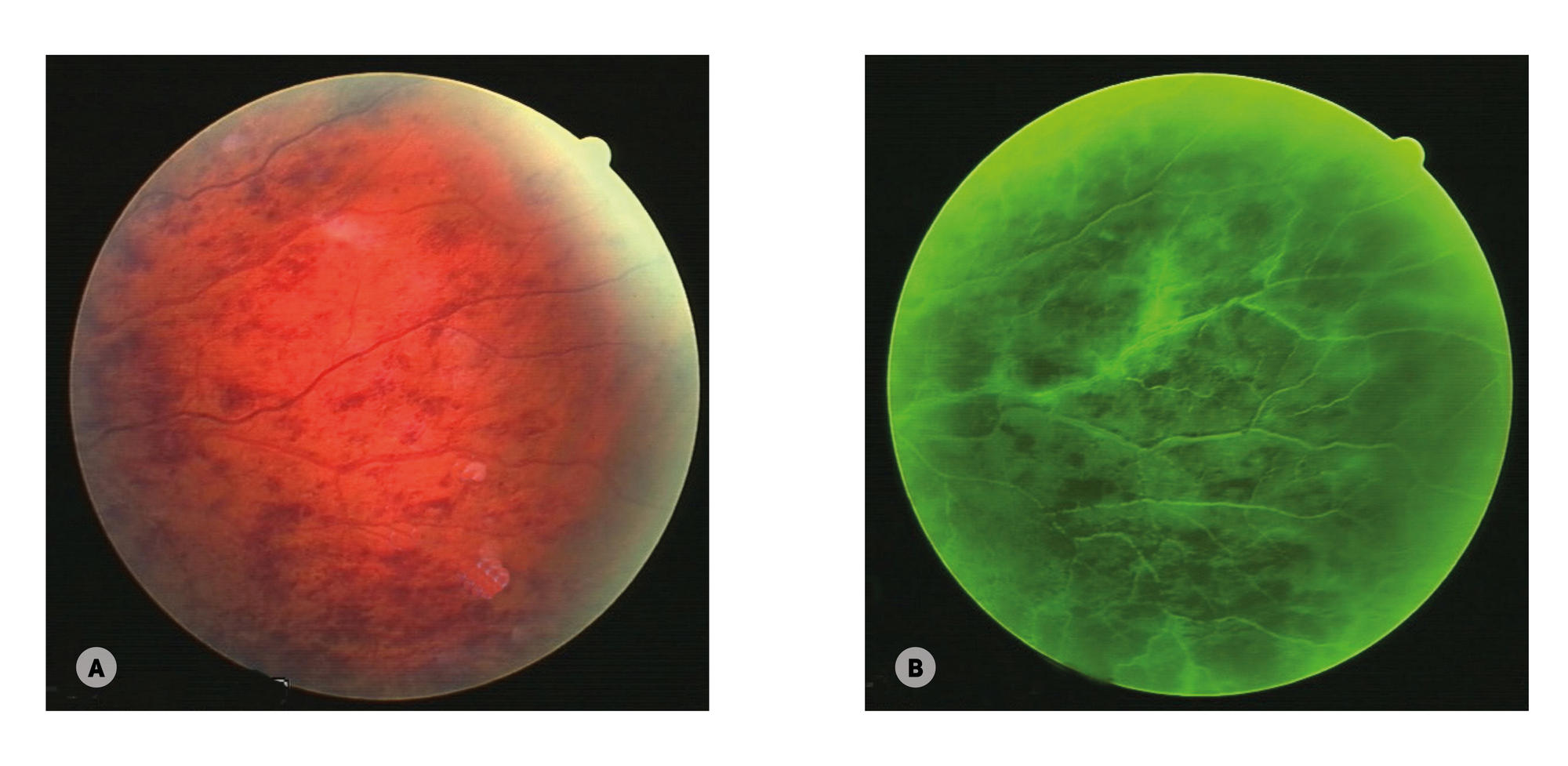
ISSN Print 2500–1094
ISSN Online 2542–1204
BIOMEDICAL JOURNAL OF PIROGOV UNIVERSITY (MOSCOW, RUSSIA)

1 Novokuznetsk State Institute of Further Training of Physicians, Novokuznetsk, Russia
2 Kemerovo Regional Clinical Ophthalmological Hospital, Kemerovo, Russia
3 Pirogov Russian National Research Medical University, Moscow, Russia
4 Kemerovo Regional Clinical Hospital, Kemerovo, Russia
5 Kemerovo State Medical University, Kemerovo, Russia
Correspondence should be addressed: Tatiana Shelkovnikova
Pionerskiy bulvar, d. 10a, kv. 1, Kemerovo, Russia, 650066; moc.liamg@avokinvoklehs.t

